Search Constraints
« Previous |
1 - 10 of 273
|
Next »
Search Results
Select an image to start the slideshow
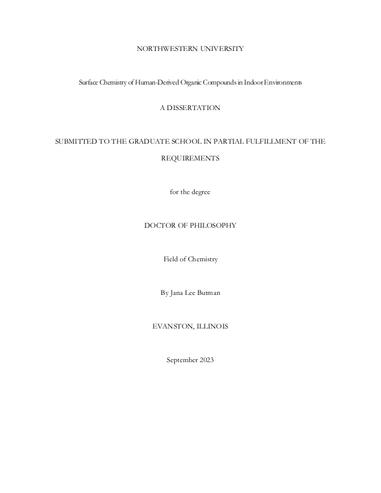
Surface Chemistry of Human-Derived Organic Compounds in Indoor Environments
1 of 10

Combining data science, computer science, and statistical mechanics for the discovery of Metal-Organic Frameworks
2 of 10
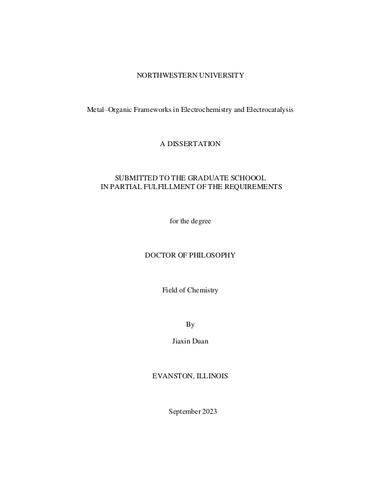
Metal–Organic Frameworks in Electrochemistry and Electrocatalysis
3 of 10
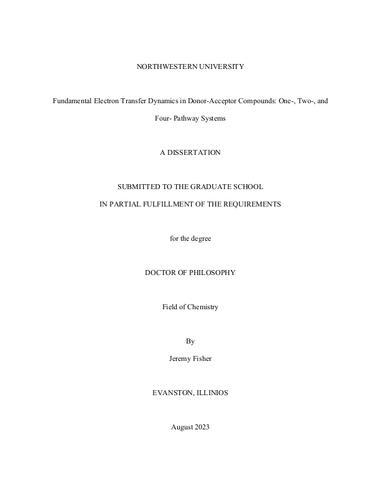
Fundamental Electron Transfer Dynamics in Donor-Acceptor Compounds: One-, Two-, and Four- Acceptor Systems
4 of 10
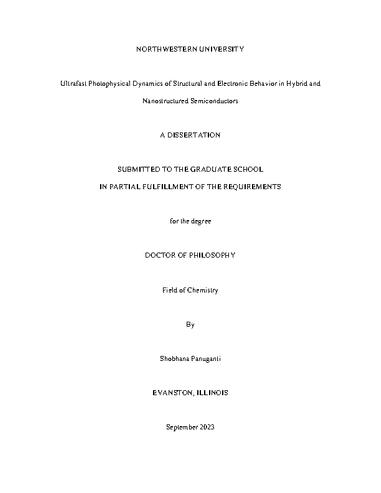
Ultrafast Photophysical Dynamics of Structural and Electronic Behavior in Hybrid and Nanostructured Semiconductors
5 of 10
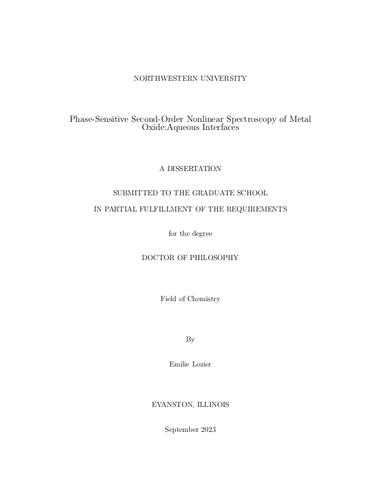
Phase-Sensitive Second-Order Nonlinear Spectroscopy of Metal Oxide:Aqueous Interfaces
6 of 10
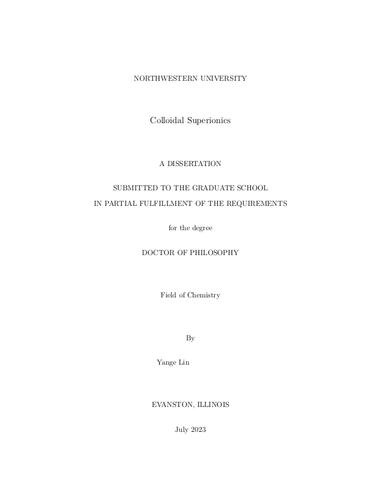
Colloidal superionics
7 of 10
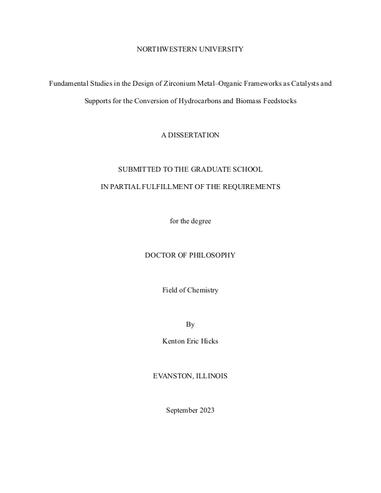
Fundamental Studies in the Design of Zirconium Metal–Organic Frameworks as Catalysts and Supports for the Conversion of Hydrocarbons and Biomass Feedstocks
8 of 10
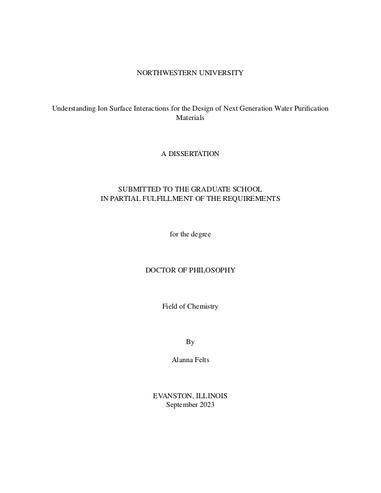
Understanding Ion Surface Interactions for the Design of Next Generation Water Purification Materials
9 of 10

Pore Engineering in Metal–Organic Frameworks for Sub-Angstrom Molecular Separation
10 of 10